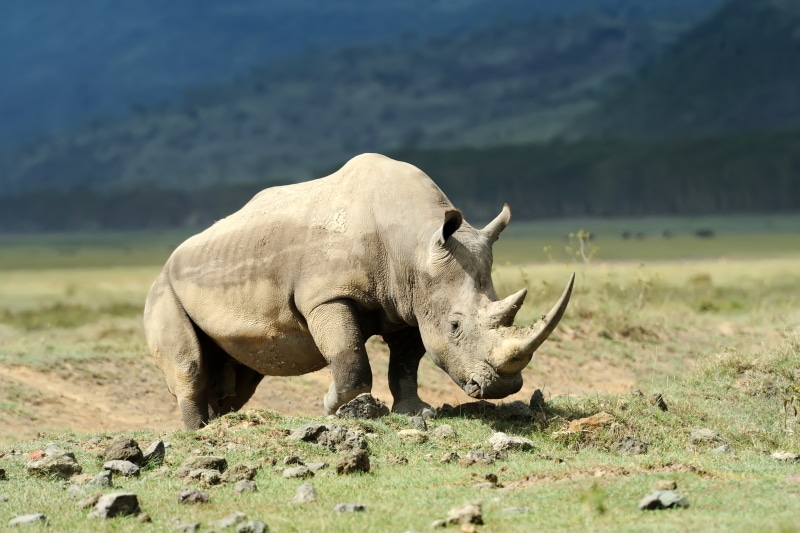Earth Day encompasses a wide range of activities. One of them serves as a reminder that growth and change are possible when people work together.
It’s Earth Day, and the internet is swamped with information on the climate disaster we’re facing as millions of people pay attention to our beautiful world and the ways society is damaging it. And properly so; it’s an ongoing and, regrettably, a growing catastrophe that has to be tackled across many industries, including fossil fuels, fast fashion, and animal husbandry, to name a few.
A word of caution
It’s crucial to remember that losing an endangered species status isn’t necessarily a positive thing. When such classifications are lost, animals’ government-enforced safeguards are sometimes lost as well.
When the gray wolf was no longer deemed endangered in 2020, the Trump administration lifted federal safeguards for the animal. Despite maintaining generally steady population levels, this sparked hunts against the species. The following species are no longer considered endangered. However, they, like many others, are still at risk (most of which are human-caused). So, although we rejoice in our victories, we must continue to struggle for the survival of all species — in the wild, in laboratories, in our homes, and on farms.
Species that have overcome the threat of extinction
The Giant Panda
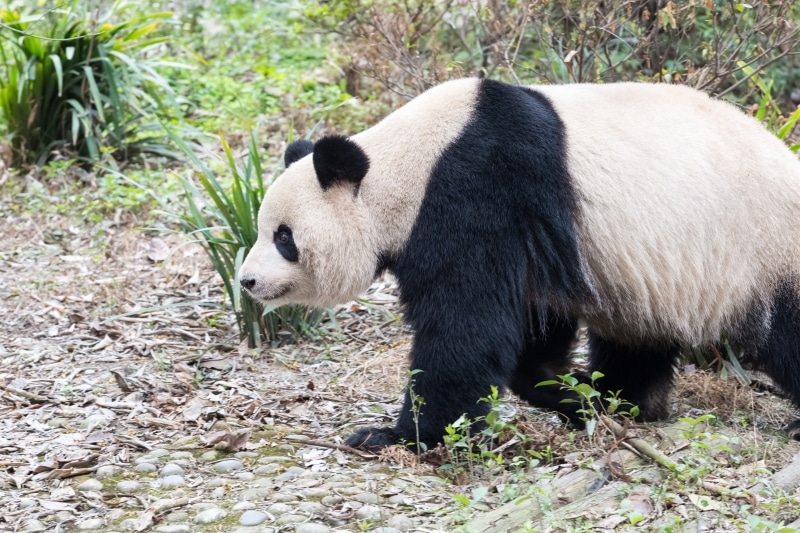
Chinese officials stated last year that the giant panda, the country’s national animal, was no longer endangered. In the late 1970s, there were around 1,000 wild giant pandas. However, as a result of government-sponsored rehabilitation programs, the population has nearly doubled.
Fun fact: teams of researchers climb through rocky woods seeking panda poo and chewed bamboo to determine panda population numbers, according to the WWF. Because panda bite marks, like fingerprints, are all unique, the latter is very beneficial.
Poaching and habitat degradation due to farming and tourism continue to be risks to giant pandas.
The Southern Hemisphere White Rhinoceros
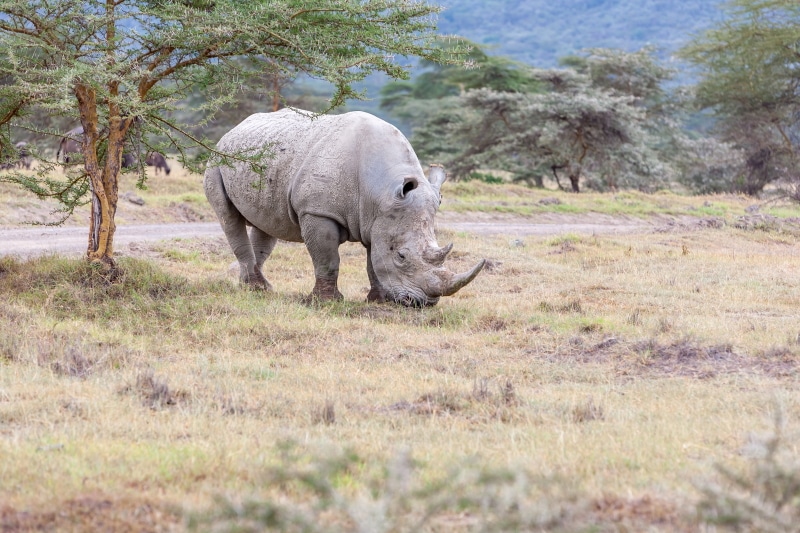
The southern white rhino is a “major conservation success story,” according to the WWF.
The herbivorous subspecies — the world’s second-largest land animal after elephants – were formerly considered to be extinct, owing to hunters’ efforts to kill them for meat and fun. However, in 1895, a small population of southern white rhinos was discovered in Kwazulu-Natal, South Africa.
There are now over 20,000 southern white rhinos on the planet, thanks to a century of conservation work. They are mostly found in protected regions and private game reserves in South Africa, Namibia, Zimbabwe, and Kenya.
They are the only rhino subspecies that are not threatened with extinction. Indeed, scientists are hopeful that the southern white rhino would help to expand the population of the severely endangered northern white rhino, of which just two are left (a mother-daughter pair, who live at the Ol Pejeta Conservancy in Kenya).
Our involvement is still required for southern white rhinos. They’re especially vulnerable to illicit poaching for their horns, which is common in South Africa to suit Asian demand (mostly Vietnam and China).
The Arabian Oryx
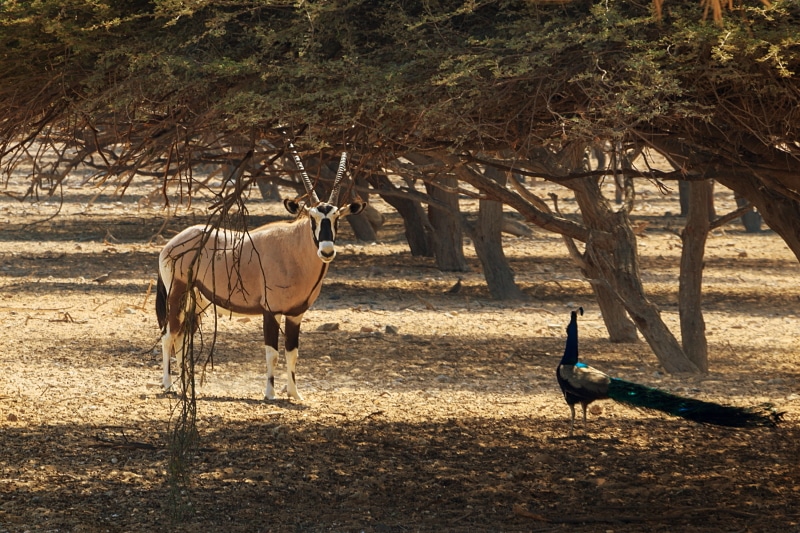
Things were looking bleak for the Arabian oryx in the early 1970s when hunting had nearly wiped out the animal in the wild. However, a spate of reintroduction programs boosted population numbers to the point that, by 2011, the mammal has regained fragile status after being declared extinct in the wild.
Around 1,200 Arabian oryx live in the wild in Saudi Arabia today, with another 7,000 in captivity.
The animals are still killed for their meat, horns, and skins because they can smell rain in the distance and direct their herds towards it for new pasture.
The American Alligator
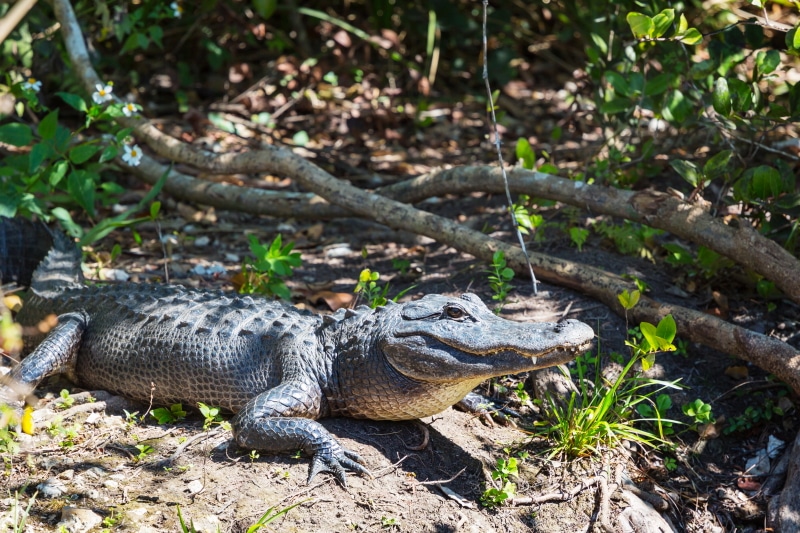
It was a question of humans correcting the harm we caused in the first place, as with most cases of animal populations making a return. Still, it’s worth noting that, after spending 200 million years on the earth, American alligators were on the verge of extinction in the 1950s, only to become one of the first endangered species success stories.
After hunters and poachers pushed American alligator numbers to near-extinction, the species was awarded federal protections in 1967, prohibiting the reptiles from being hunted.
They were officially declared entirely recovered in 1987. They’ve been relegated to the category of “least concern” (the lowest status there is). In the southeastern United States, there are an estimated five million American alligators (more than one million of them live in Florida).
The primary hazard to American alligators, which may grow up to 16 feet long, is habitat loss due to urbanization. They are still hunted for their flesh and hides, though the trade has become more controlled.
The Humpback Whale
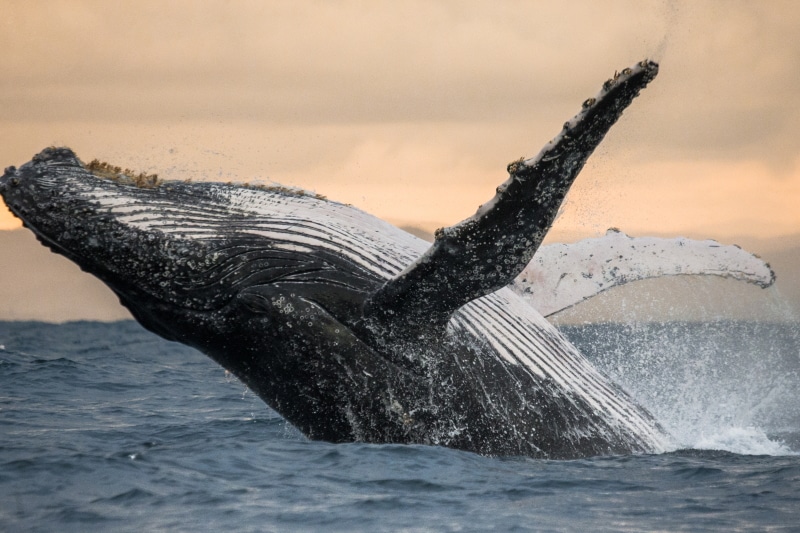
The magnificent humpback whale was removed from Australia’s vulnerable species list earlier this year. Over several decades, the whaling business had significantly reduced populations; at one time, just 1,500 humpback whales were left on Australian seas. There are now an estimated 40,000 people living there, and the number is continually growing.
Sussan Ley, Australia’s Minister for the Environment, stated that the species will remain protected from whaling despite the change in status. It was described by Ley as an example of “what may be accomplished via concerted action.”
“It’s a message of optimism for a variety of species survival,” they stated.
The Lake Erie Water Snake
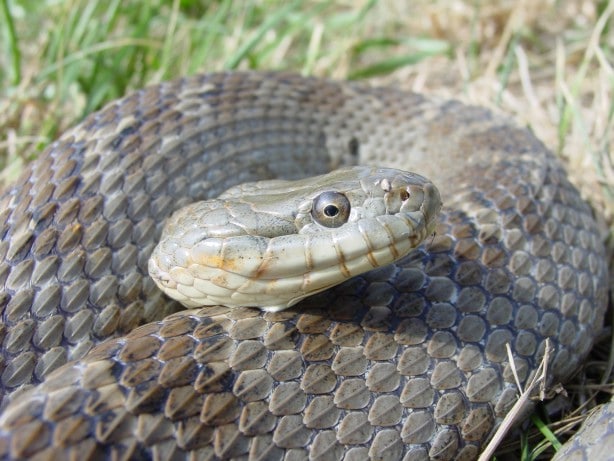
This water snake has only one home: Lake Erie, which covers 9,910 square miles (25,667 square kilometers). However, habitat destruction and resident-led culls (since people deemed the Lake Erie water snake a problem) pushed the species to the verge of extinction in the 1990s.
The federal government responded by listing the water snake on the Endangered Species List in 1999. This made killing or injuring the snakes, which may live up to 12 years in the wild, unlawful.
The population of Lake Erie water snakes had slithered up to 12,000 by 2011, and it was removed from the list.
The Bald Eagle
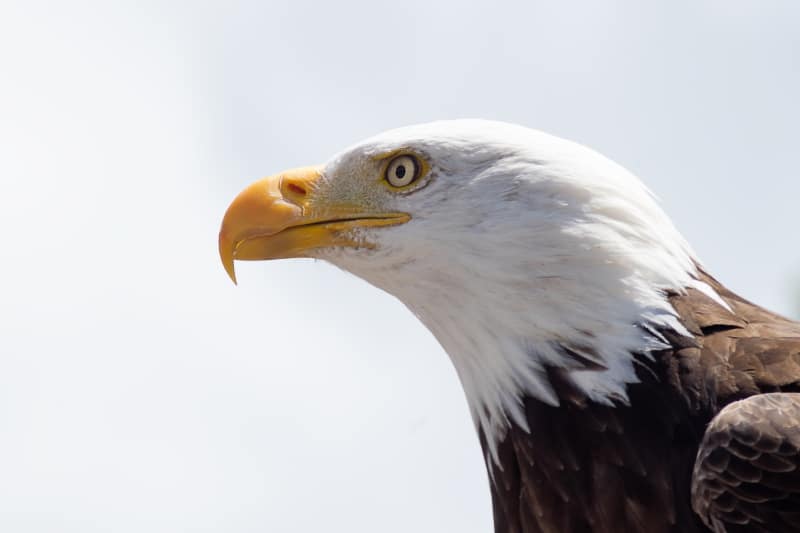
After decades of killing, habitat destruction, and the use of DDT, a deadly chemical that badly poisoned streams, fish, and the animals that ate those fish, including the bald eagle, the iconic national bird of the United States was virtually extinct.
In the 1960s, there were only 487 nesting pairs of bald eagles in the United States. In the 1970s, the species (which can dive at speeds of up to 100 miles per hour or 160 kilometers per hour) was listed as an endangered species, and DDT was prohibited.
Bald eagle populations soared, and the federal government delisted them in 2007.
Still, looking for ways to support?
There are several steps that we may take as a society to help preserve nonhuman creatures. Global restrictions on poaching, hunting, and wildlife trading, for example, as well as harsher punishments for those who break these rules, are essential strategies.
Animal protection regulations and policies are also critical components of the equation. Individuals, however, wield more power than one might believe, in addition to signing petitions and (where available) providing money.
According to research released last month, eating less meat might help save hundreds of plant and animal species from extinction. According to the researchers, boosting fruit and vegetable consumption while reducing meat consumption might result in “substantial health and environmental advantages.”
According to the findings, an estimated 407 to 536 species might be saved if the population ate an additional handful of veggies every day.
Animal products have been connected to major deforestation, habitat loss, ocean acidification, and pollution in several studies. A plant-based diet is one of the most effective methods to help safeguard the earth, according to a large meta-analysis of farming’s environmental impact on the planet.

